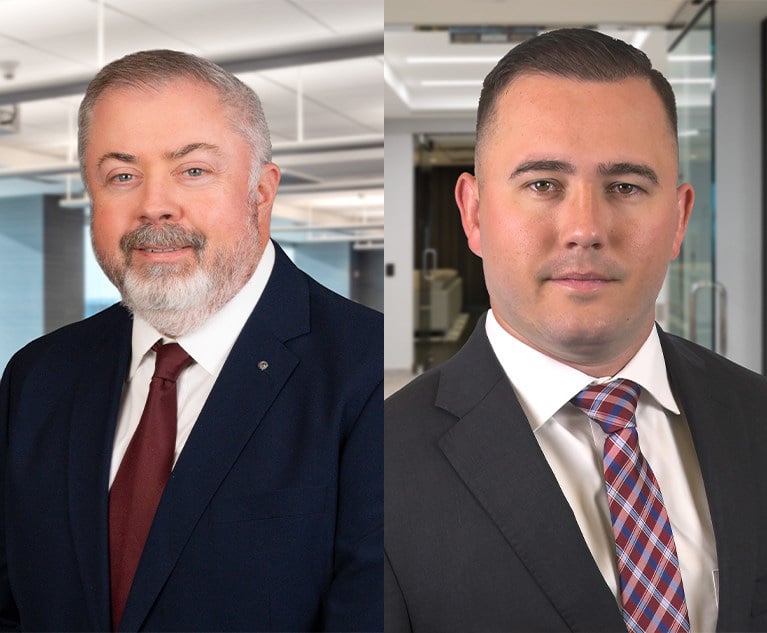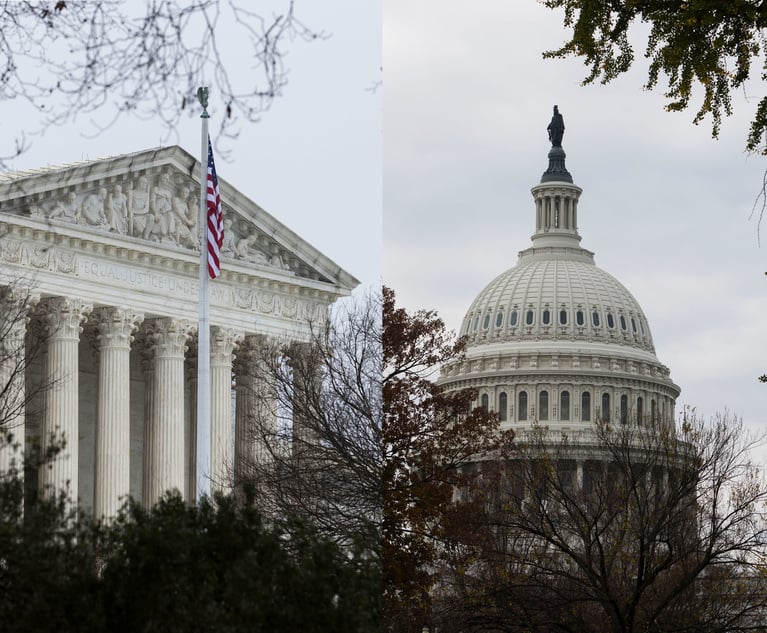 Marines assigned to 2nd Battalion, 6th Marine Regiment conduct an embassy reinforcement exercise aboard Camp Lejeune, Dec. 12, 2021. The Marines established a forward command element, brought in embassy reinforcements, and conducted a mass casualty drill. Role players are used to create a realistic training environment. Photo: Staff Sgt. Brittney Vella/U.S. Marine Corps .
Marines assigned to 2nd Battalion, 6th Marine Regiment conduct an embassy reinforcement exercise aboard Camp Lejeune, Dec. 12, 2021. The Marines established a forward command element, brought in embassy reinforcements, and conducted a mass casualty drill. Role players are used to create a realistic training environment. Photo: Staff Sgt. Brittney Vella/U.S. Marine Corps . What Is Camp Lejeune? A Breakdown of the Pervasive Story.
From 1953 to 1987, there was large-scale water contamination at Marine Corps Base Camp Lejeune. Camp Lejeune is a U.S. military training facility in Jacksonville, N.C. Trichloroethylene (TCE), perchloroethylene (PCE), benzene, vinyl chloride and other compounds were released into the ground water, potentially exposing hundreds of thousands of military service members and civilians who lived or worked on base. Studies show that exposure to those chemicals can cause illnesses including bladder cancer, kidney cancer, liver cancer, multiple myeloma, Parkinson's disease, Non-Hodgkin's Lymphoma, myelodysplastic syndromes, leukemia, aplastic anemia and others.Developments in Camp Lejeune, Mallinckrodt and Boy Scouts Cases
On Aug. 10, 2022, President Biden signed the Camp Lejeune Justice Act of 2022 which provides a powerful statutory cause of action for individuals who experienced harm as a result of exposure to contaminated water at Camp Lejeune in North Carolina; the Mallinckrodt trustee is currently accepting and processing claims for damages from creditors who were injured by Mallinckrodt's opioids; and the bankruptcy court ultimately confirmed BSA's plan of reorganization on Sept. 8, 2022.
October 27, 2022 at 10:00 AM
6 minute read
 Marines assigned to 2nd Battalion, 6th Marine Regiment conduct an embassy reinforcement exercise aboard Camp Lejeune, Dec. 12, 2021. The Marines established a forward command element, brought in embassy reinforcements, and conducted a mass casualty drill. Role players are used to create a realistic training environment. Photo: Staff Sgt. Brittney Vella/U.S. Marine Corps .
Marines assigned to 2nd Battalion, 6th Marine Regiment conduct an embassy reinforcement exercise aboard Camp Lejeune, Dec. 12, 2021. The Marines established a forward command element, brought in embassy reinforcements, and conducted a mass casualty drill. Role players are used to create a realistic training environment. Photo: Staff Sgt. Brittney Vella/U.S. Marine Corps .
What Is Camp Lejeune? A Breakdown of the Pervasive Story.
From 1953 to 1987, there was large-scale water contamination at Marine Corps Base Camp Lejeune. Camp Lejeune is a U.S. military training facility in Jacksonville, N.C. Trichloroethylene (TCE), perchloroethylene (PCE), benzene, vinyl chloride and other compounds were released into the ground water, potentially exposing hundreds of thousands of military service members and civilians who lived or worked on base. Studies show that exposure to those chemicals can cause illnesses including bladder cancer, kidney cancer, liver cancer, multiple myeloma, Parkinson's disease, Non-Hodgkin's Lymphoma, myelodysplastic syndromes, leukemia, aplastic anemia and others.
This content has been archived. It is available through our partners, LexisNexis® and Bloomberg Law.
To view this content, please continue to their sites.
Not a Lexis Subscriber?
Subscribe Now
Not a Bloomberg Law Subscriber?
Subscribe Now
NOT FOR REPRINT
© 2025 ALM Global, LLC, All Rights Reserved. Request academic re-use from www.copyright.com. All other uses, submit a request to [email protected]. For more information visit Asset & Logo Licensing.
You Might Like
View All
Lessons Learned From the Pager Attack: the Law of War, Warfighting, and the Weaponization of the Supply Chain
8 minute read
Roberts Calls Court's Relationship With Congress 'Strained.' Who's to Blame?


Preemptive Litigation: A Potential Approach for a Precise Situation
13 minute readLaw Firms Mentioned
Trending Stories
- 1TikTok Law and TikTok Politics
- 2California Supreme Court Vacates Murder Conviction in Infant Abuse Case
- 3New York’s Proposed Legislation Restraining Transfer of Real Property
- 4Withers Hires Lawyers, Staff From LA Trusts and Estates Boutique
- 5To Speed Criminal Discovery, NY Bill Proposes Police-to-Prosecutor Pipeline For Records
Who Got The Work
Michael G. Bongiorno, Andrew Scott Dulberg and Elizabeth E. Driscoll from Wilmer Cutler Pickering Hale and Dorr have stepped in to represent Symbotic Inc., an A.I.-enabled technology platform that focuses on increasing supply chain efficiency, and other defendants in a pending shareholder derivative lawsuit. The case, filed Oct. 2 in Massachusetts District Court by the Brown Law Firm on behalf of Stephen Austen, accuses certain officers and directors of misleading investors in regard to Symbotic's potential for margin growth by failing to disclose that the company was not equipped to timely deploy its systems or manage expenses through project delays. The case, assigned to U.S. District Judge Nathaniel M. Gorton, is 1:24-cv-12522, Austen v. Cohen et al.
Who Got The Work
Edmund Polubinski and Marie Killmond of Davis Polk & Wardwell have entered appearances for data platform software development company MongoDB and other defendants in a pending shareholder derivative lawsuit. The action, filed Oct. 7 in New York Southern District Court by the Brown Law Firm, accuses the company's directors and/or officers of falsely expressing confidence in the company’s restructuring of its sales incentive plan and downplaying the severity of decreases in its upfront commitments. The case is 1:24-cv-07594, Roy v. Ittycheria et al.
Who Got The Work
Amy O. Bruchs and Kurt F. Ellison of Michael Best & Friedrich have entered appearances for Epic Systems Corp. in a pending employment discrimination lawsuit. The suit was filed Sept. 7 in Wisconsin Western District Court by Levine Eisberner LLC and Siri & Glimstad on behalf of a project manager who claims that he was wrongfully terminated after applying for a religious exemption to the defendant's COVID-19 vaccine mandate. The case, assigned to U.S. Magistrate Judge Anita Marie Boor, is 3:24-cv-00630, Secker, Nathan v. Epic Systems Corporation.
Who Got The Work
David X. Sullivan, Thomas J. Finn and Gregory A. Hall from McCarter & English have entered appearances for Sunrun Installation Services in a pending civil rights lawsuit. The complaint was filed Sept. 4 in Connecticut District Court by attorney Robert M. Berke on behalf of former employee George Edward Steins, who was arrested and charged with employing an unregistered home improvement salesperson. The complaint alleges that had Sunrun informed the Connecticut Department of Consumer Protection that the plaintiff's employment had ended in 2017 and that he no longer held Sunrun's home improvement contractor license, he would not have been hit with charges, which were dismissed in May 2024. The case, assigned to U.S. District Judge Jeffrey A. Meyer, is 3:24-cv-01423, Steins v. Sunrun, Inc. et al.
Who Got The Work
Greenberg Traurig shareholder Joshua L. Raskin has entered an appearance for boohoo.com UK Ltd. in a pending patent infringement lawsuit. The suit, filed Sept. 3 in Texas Eastern District Court by Rozier Hardt McDonough on behalf of Alto Dynamics, asserts five patents related to an online shopping platform. The case, assigned to U.S. District Judge Rodney Gilstrap, is 2:24-cv-00719, Alto Dynamics, LLC v. boohoo.com UK Limited.
Featured Firms
Law Offices of Gary Martin Hays & Associates, P.C.
(470) 294-1674
Law Offices of Mark E. Salomone
(857) 444-6468
Smith & Hassler
(713) 739-1250






